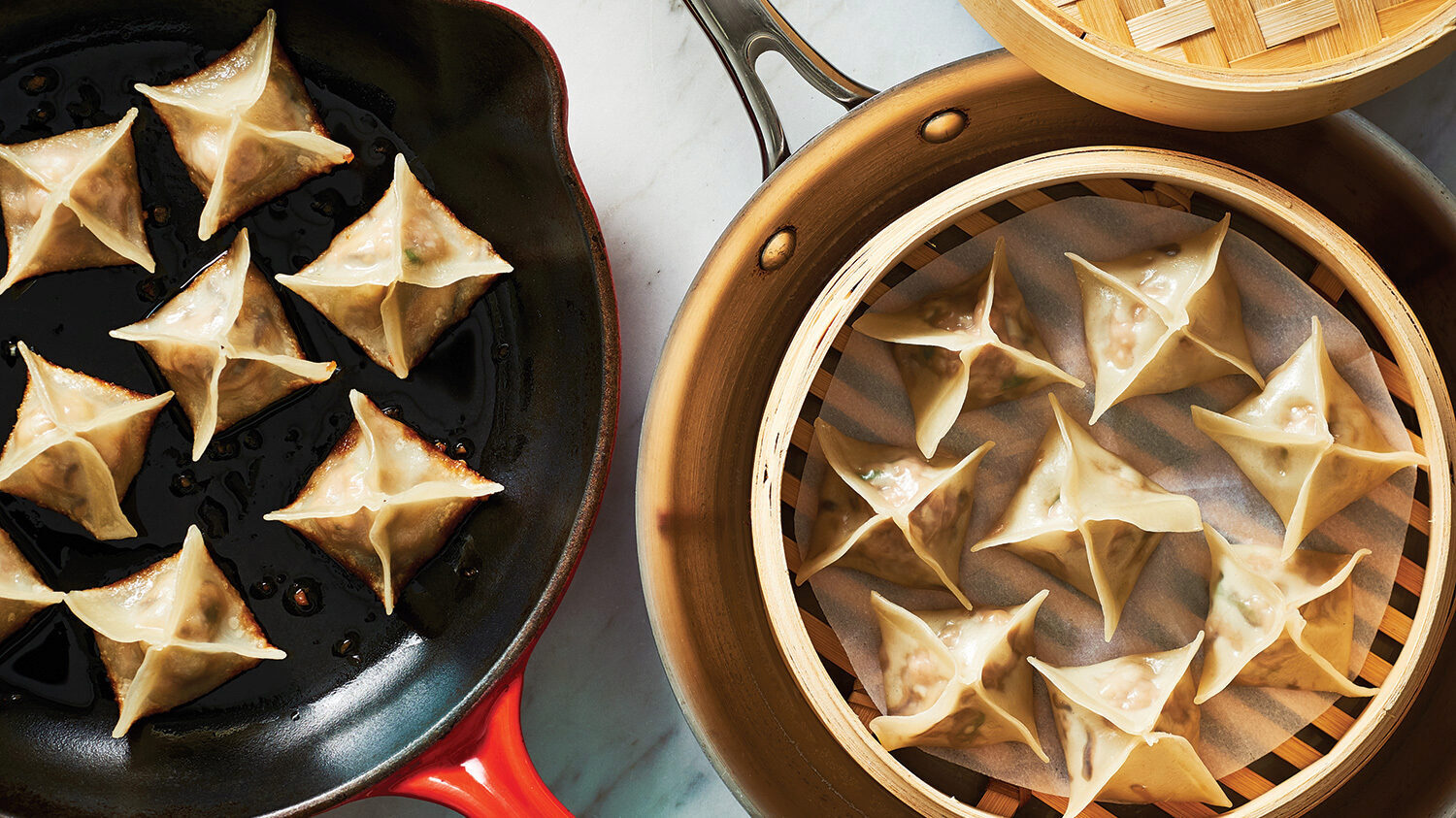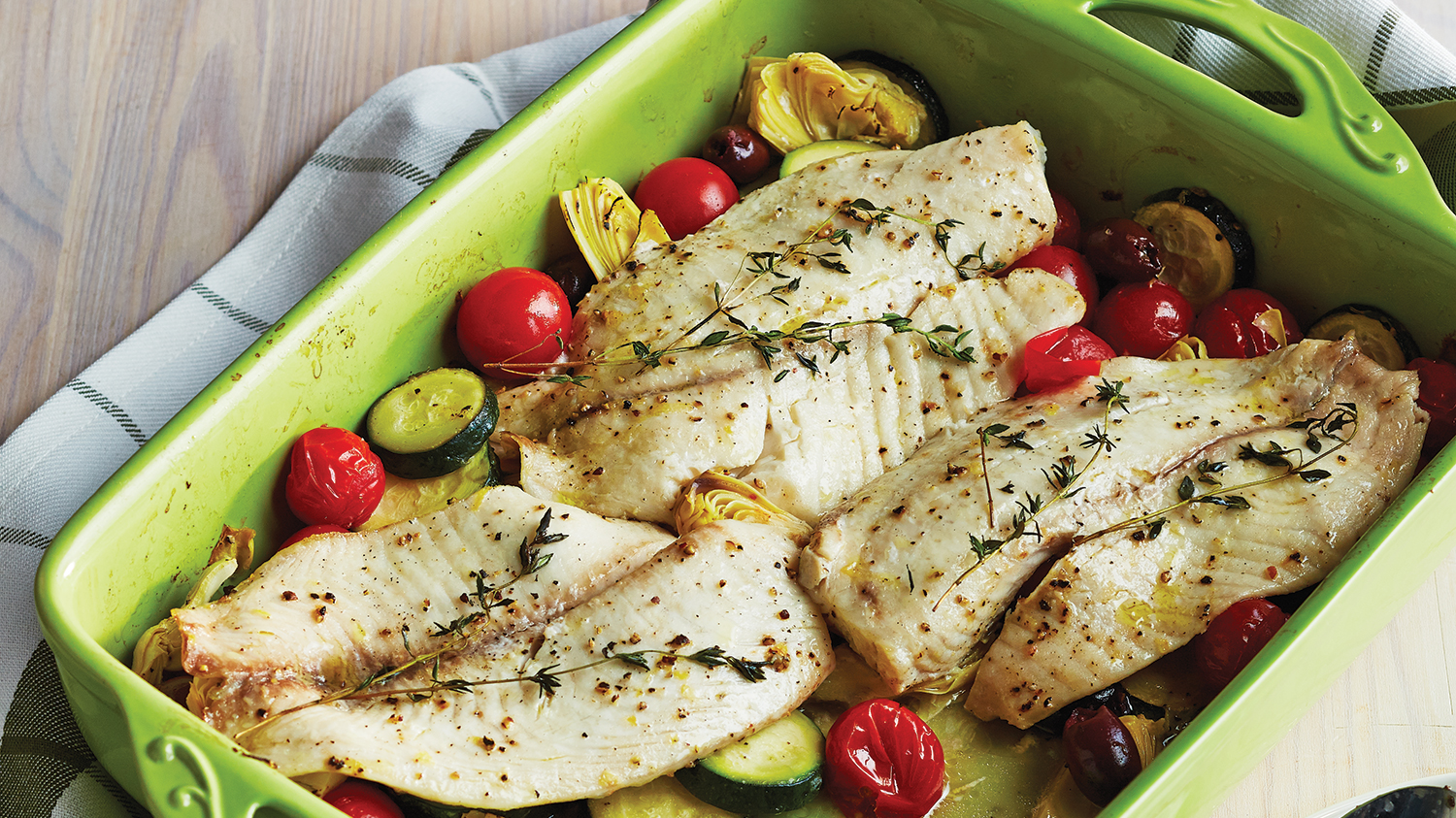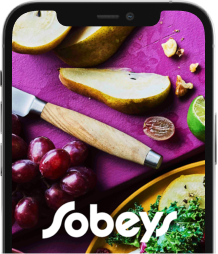Chinese food is a world famous cuisine. In Canada, there are Chinese food restaurants in most communities, offering a popular range of dishes and styles of cooking, from lightly seasoned Cantonese to hot and spicy Szechuan. While some cooking techniques and ingredients are new and unfamiliar, our beginner’s guide explains the basics and provides tips and recipes so you can start making Chinese-style food at home.
Fresh Ingredients
Fresh vegetables are an important part of many authentic recipes.
- Along with vegetables like broccoli, baby corn and carrots, Chinese-style recipes introduce tasty Asian vegetables like bamboo shoots, snow peas, water chestnuts, bok choy and Napa cabbage.
- Clean leafy greens well by soaking them in cool water. Separate each leaf and clean carefully because dirt is often trapped between tight leaves.
- Shiitake mushrooms add a deep, savoury flavour to recipes. Buy them fresh, or soak dried mushrooms in water until hydrated – they’re a handy pantry staple for when you’re low on fresh vegetables. Always remove the stems, because they can be chewy and rougher than the tops. Tip: save stems in the freezer to add flavour to soup stock, and use any leftover soaking liquid instead of water to add depth of flavour to rice or other grains, or as the base for homemade soups or hot pots.
Basic Seasonings
Here are some of the common seasonings used in Chinese-style cooking.
- Garlic is often used to season cooking oil, along with ginger.
- Fresh ginger has knobby, uneven, and hard-to-peel roots. To remove skin quickly and easily, use a small spoon to scrape it off. The easiest way to prep fresh ginger for cooking is to grate it on a fine grater, called a rasp. (Tip: leftover grated ginger can be frozen for later use, steeped in hot water for a warming tisane [herbal tea], or added to smoothies for a spicy kick.)
- Chilies add a kick to dishes. For a milder dish, use only a pinch of hot pepper flakes. Small dried or fresh chilies tend to pack a spicier punch and can be used as a final garnish, allowing the spice lovers at the table to season a dish to their taste.
- Soy sauce provides a savoury and umami flavour, and is used in recipes and as a condiment on the table.
- Hoisin sauce is a thick, sweet sauce that blends ground beans and spices, and is most often used as a glaze or dipping sauce.
Meat and Tofu
Traditional Chinese food often features meat and meat alternatives such as chicken, beef, pork and tofu.
- For best flavour and texture, marinate meat and tofu before cooking. Ingredients like ginger, garlic, lemon juice and soy sauce add flavour, while cornstarch and egg help tenderize meat.
- For more tender meat, slice beef on an angle against the grain. For “shredded” chicken or pork, stack slices of meat and shear off long thin pieces for julienned perfection.
- For extra-firm tofu, cut rectangular slabs and place on a paper towel to draw out moisture.
Rice and Noodles
Rice and noodles are a delicious base for dishes like stir-fries, greens, and soups.
- Serve medium-grain rice, such as jasmine, with stir-fries. When steamed or boiled, grains stick together, making it easy to scoop up with a fork or chopsticks.
- Hot pots and soups are best served with fresh or dried egg noodles, which absorb the flavours of the broth.
- Cooking rice noodles? They cook much faster than wheat noodles and need just a minute or two in the pot once the water has come to a boil.
Wok Cooking
One well-known Chinese cooking technique worth mastering is stir-frying. Ingredients are stir-fried at high temperatures in a traditional cast iron wok. Just a small amount of oil is used, and foods cook quickly so vegetables retain their colour and crunch, and meats and tofu stay moist.
- If you don’t have a wok, use a wide, flat-bottomed pan that allows ingredients room to make contact with the heated surface. What’s also important is that you can easily toss and fold different ingredients and not crush them.
- Stir-frying goes very quickly, so be sure all ingredients are chopped into uniform sizes and ready before you start cooking.
- Don’t start cooking until the wok is really hot. To test, drip water onto the wok. If the water immediately evaporates, the wok is ready for cooking to begin.
Get inspired and browse our collection of Chinese-style recipes.





